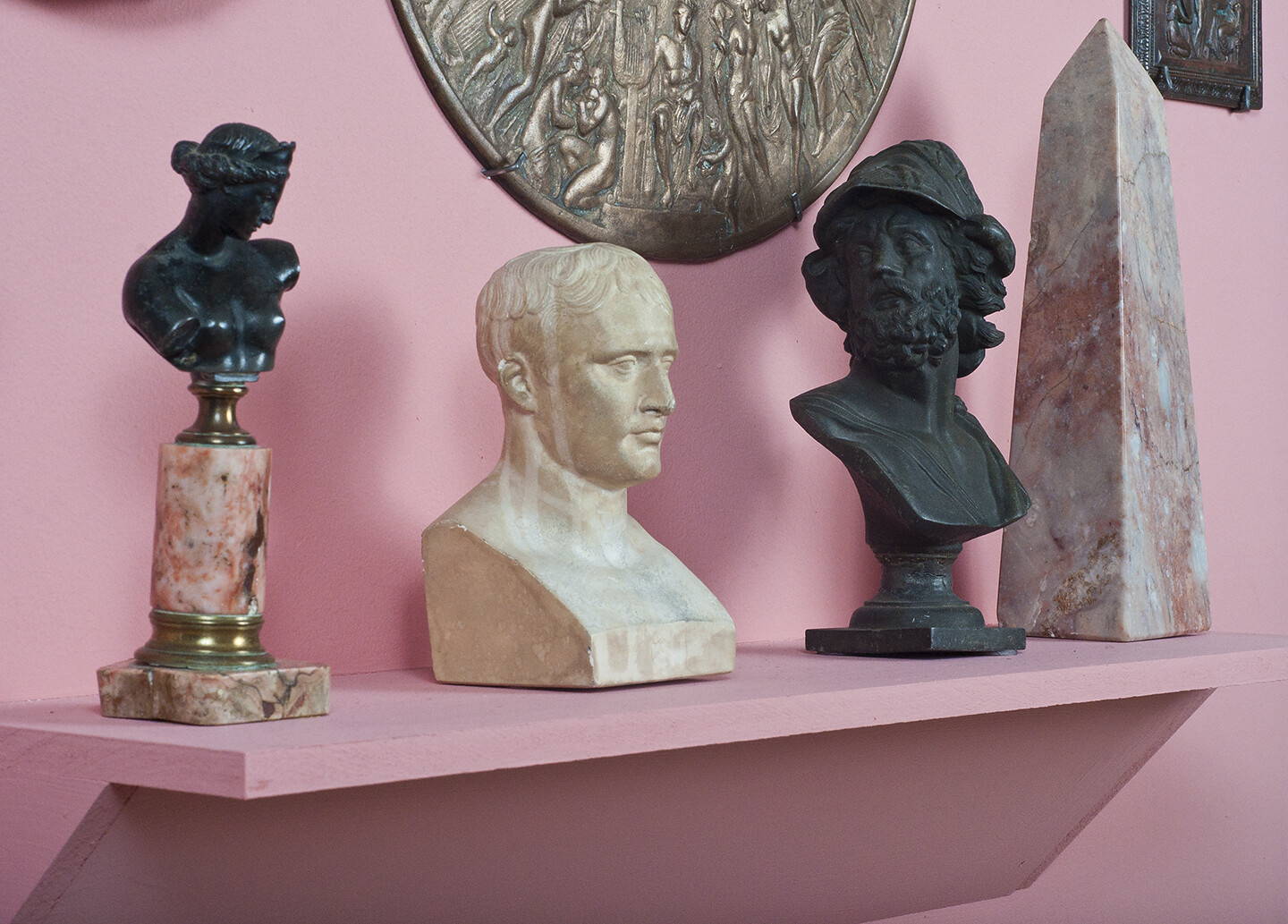January 6, 2015
As part of the exhibition The Unmaking of Art, e-flux will host a lecture by Alfred Barr, the first director of the Museum of Modern Art in New York, titled “Abstract Cabinet and the Modern Narrative.” A second lecture by writer and collector Gertrude Stein, titled “The Making of Americans,” will follow.
On Tuesday, January 13, in a lecture called “Abstract Cabinet and the Modern Narrative,” Alfred Barr will relay a story about Alexander Dorner, an innovative director of the Landesmuseum Hannover. In particular the talk tells of Dorner’s collaboration with El Lissitzky, which materialized in 1928 in one of the most important installations of the twentieth century, known as the Abstract Cabinet. The lecture follows the development of the modern art narrative based on the history of exhibitions. Special attention is placed on the Museum of Modern Art in New York. Since its opening in 1929, the museum’s narrative was entirely based on European modern art, with a focus on avant-garde movements. Instead of “National Schools,” its 1936 exhibition Cubism and Abstract Art introduced “International Movements” as a key tool and concept for telling the story known as the History of Modern Art. This story represented the reinterpretation of modern art, was later adopted by Europeans, and became the foundation of the art scene as we know it today.
On Tuesday, January 20, Gertrude Stein will lecture on “The Making of Americans.” Ms. Stein will tell a story about the collections and exhibitions of European modern art assembled by Americans over the years. It begins with Gertrude and Leo Stein’s collection in Paris of early modern art—the first to exhibit the works of Cezanne, Matisse, and Picasso together in one room (1905). In the course of time, the Steins’ collection influenced American “taste” in modern European art throughout the first half of the twentieth century, as seen, for example, in the Arensberg Collection, Société Anonyme, the Barnes Collection, the Cone Sisters Collection, and the Solomon Guggenheim and Gallatin collections. Through these American collections, European modern art was perceived and interpreted in a more avant-garde manner than in Europe itself. When the Museum of Modern Art finally articulated its narrative that was based on avant-garde (European) movements in the mid-1930s, it didn’t look strange to the American public thanks to this phenomenon. The written version of this story is retold by Gertrude’s friend and colleague Walter Benjamin and published in a piece under the same title in no. 48.
The Unmaking of Art is an exhibition based on Walter Benjamin’s lecture of the same name, first held in 2011 at the Times Museum in Guangzhou, China, and since then at several other places around the world. The exhibition is comprised of three sections—the Museum of Antiquity, Rome; the Museum of Modernity, Paris; and the Salon de Fleurus, New York. The exhibition is a technical realization of a form of historical accounting that produces its precedents and antecedents simultaneously; where, for instance, medieval Europe could not have existed before it was invented as a historical period the moment David and the French Revolution destroyed it.
The Unmaking of Art is on display until Saturday, January 24. Hours: Tuesday–Saturday noon–6pm.
For further information, please contact magdalena [at] e-flux.com.

